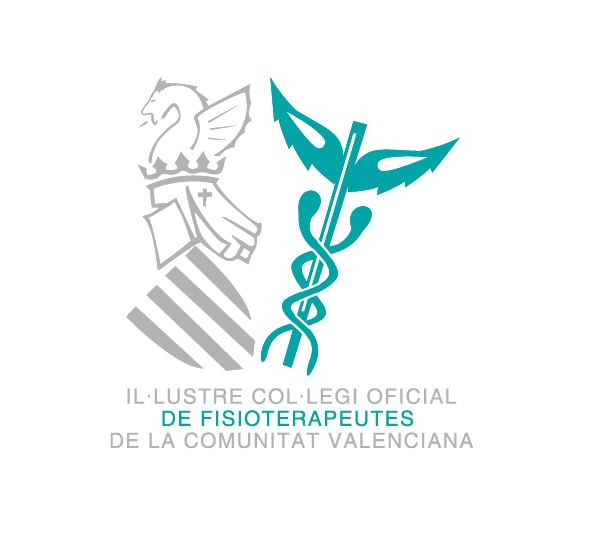Barbara Cagnie
Barbara Cagnie
Barbara Cagnie graduated in physical therapy (1999) and manual therapy (2001) at the Ghent University and completed her PhD in 2005. She is currently fulltime associate professor at the department of Rehabilitation Sciences and physiotherapy, Ghent University. She is head of Education in Rehabilitation Sciences and Physiotherapy and head of the Postgraduate Training in Manual Therapy, Ghent University. Her topic of research and teaching expertise, as well as her clinical work, is the assessment and rehabilitation of patients with neck pain. In particular, her research focusses on the identification of underlying peripheral and central mechanisms in the development and/or maintenance of neck pain and the evaluation of clinical interventions within the different subgroups of patients with neck pain. She has published over 170 peer-reviewed papers in international journals, gives courses on a national and international level and wrote three books on exercise therapy and manual therapy in neck pain disorders.
SUMMARY PAPER
Neck pain (NP) is amongst the top 5 chronic disorders in Europe. Traditionally, there has been a widely accepted notion that the transition from acute to chronic NP follows a linear trajectory, where an injury leads to acute episodes, subacute stages, and progresses to a chronic pain condition. However, it appears that pain progression is much more complicated and individualized than this original unsupported assumption. In order to better understand and manage LBP/NP, we must examine the different pain trajectories so that clinicians can better identify and predict patient-needs and customize treatments for maximum efficacy.
The rate of transition from acute to chronic NP is about 35%. Secondary prevention requires an understanding of the risk factors involved in chronification, validated instruments to detect patients at risk, and validated clinical strategies addressing these risk factors with specific interventions. Evidence is provided that subgrouping patients regarding their risk for chronification and specifically tailored treatment (including education and exercise) is effective in the short and middle terms.
Tertiary prevention aims to reduce the impact of chronic pain. The biopsychosocial model of pain led to the development of biopsychosocial (i.e multidisciplinary) treatment approaches. Although interdisciplinary treatment has been acknowledged as an appropriate answer to the comprehensive suffering of patients with NP worldwide, its evidence is controversially discussed. Conceptual frameworks and mechanism based treatment designs, and harmonized outcome assessment is needed to identify best treatment to specific groups of patients regarding their characteristics.
-
Related content
-
Pendiente06/04/2024 15:00 - 15:35
Congress Program



